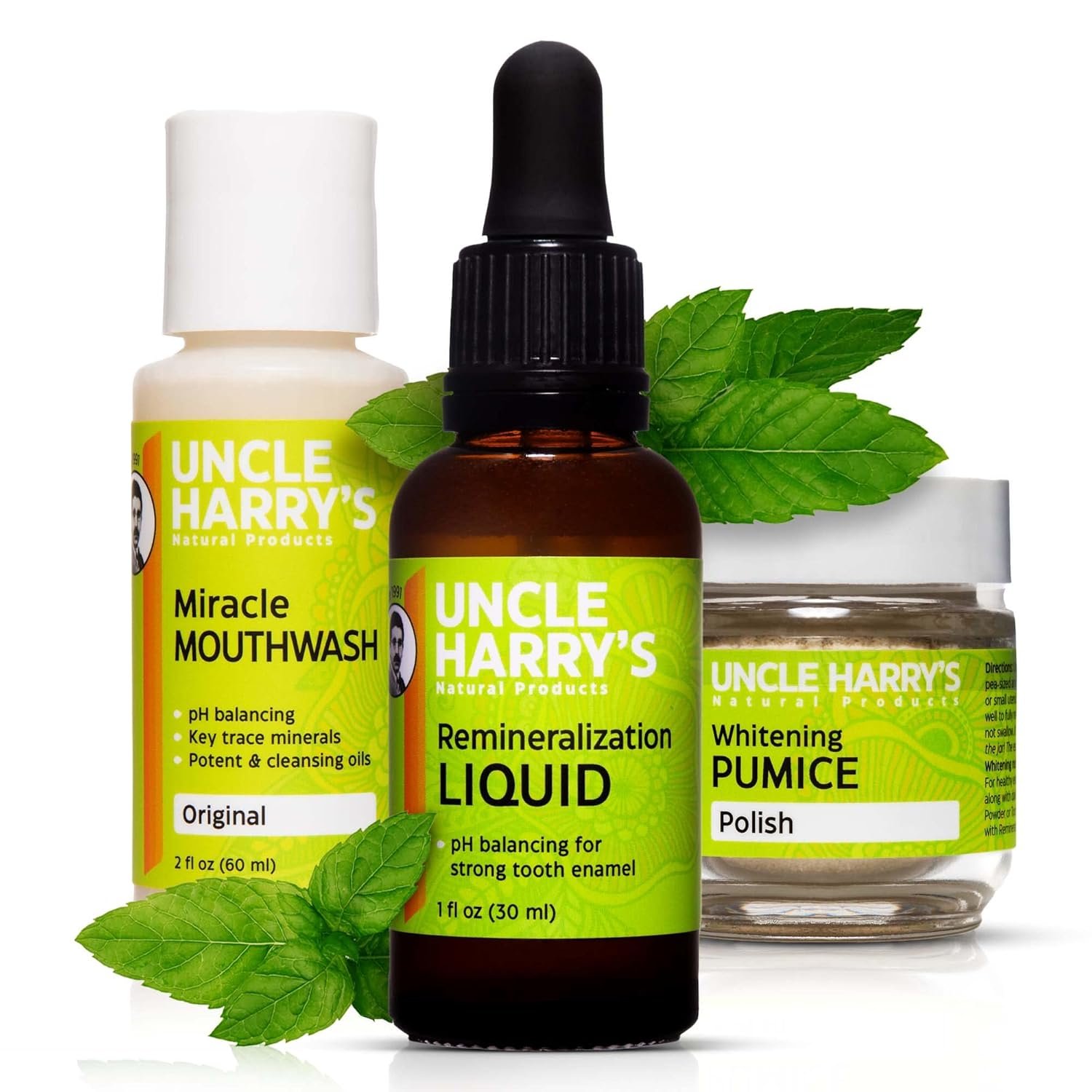Leg pain can be challenging, primarily when it affects someone you care about. Imagine your loved one struggling to walk, sit, or enjoy their favorite activities. Orthopedic leg pain can stem from various issues, and understanding what they are going through is vital for helping them.
In this article, we guide you through what orthopedic leg pain is, how it can significantly impact daily life and routine activities, and when it is crucial to seek appropriate medical help. Additionally, we provide valuable insights on how you can effectively support your loved one as they navigate this challenging experience.
No. 1
Understanding Orthopedic Leg Pain
Orthopedic leg pain refers to discomfort caused by the bones, joints, or muscles in the leg. This type of pain can result from many causes. Common issues include injuries from sports or accidents, arthritis, tendonitis, and even conditions like fractures or sprains. Each case has its own set of symptoms.
Symptoms of orthopedic leg pain can vary. You might notice that your loved one complains about aching, stiffness, or swelling in their leg. They may also experience sharp or throbbing pains, especially when moving. Recognizing these signs early can make a big difference in their treatment.
No. 2
How Orthopedic Leg Pain Affects Daily Life
When someone suffers from orthopedic leg pain, it can significantly impact their daily life. Simple activities can become challenging, like getting out of bed, walking to the kitchen, or playing with grandkids. This pain can lead to frustration, sadness, and helplessness for your loved one.
Moreover, the strain isn’t just on them; it affects you, too. Caring for someone in pain can be emotionally draining. You might feel worried about their well-being, which can lead to stress and anxiety. It's essential to recognize these feelings and seek support when needed.
No. 3
When to Seek Medical Attention
Knowing when to seek medical help is crucial. If your loved one experiences severe pain, swelling, or bruising, it's time to visit a doctor. Other signs that warrant a doctor’s visit include difficulty walking or moving the leg and pain lasting longer than a few days.
Early diagnosis and treatment are essential. A healthcare professional can perform tests, such as X-rays or MRIs, to determine what’s causing the pain. These tests help create a proper treatment plan tailored to your loved one's needs.
Kangen Water
From cooking and cleaning to laundry and self-care, as well as gardening and caring for your pets, utilize the remarkable power of antioxidant-rich alkaline water to promote optimal health and green your home.
No. 4
Treatment Options
There are various treatment options for orthopedic leg pain. Many doctors recommend starting with conservative treatments. Resting the leg, applying ice, and taking over-the-counter pain medications can help reduce discomfort.
Physical therapy is another excellent option. It focuses on exercises that strengthen the muscles and improve flexibility, helping your loved one regain mobility.
In some cases, medication may be necessary. Nonsteroidal anti-inflammatory drugs (NSAIDs) can relieve pain and reduce inflammation. If conservative treatments don’t work, a doctor may suggest surgery, especially for serious injuries or conditions like fractures or severe arthritis.
No. 5
Supporting Your Loved One
As a caregiver, your support means the world to your loved one.
Here are some practical tips to help you navigate this journey together:
1. Assist with Mobility: Offer a helping hand when they need to walk or move around the house. A cane or walker can also provide extra support.
2. Encourage Gentle Exercises: If the doctor approves, help them with simple exercises to relieve pain and strengthen their legs. Stretching and low-impact activities, like swimming, can be beneficial.
3. Communicate Openly: Talk to your loved one about their pain. Encourage them to express how they feel and listen without judgment. Sometimes, just talking about it can bring comfort.
4. Emotional Support: Consider joining a support group or finding resources where you can share experiences and feelings. This can help reduce feelings of isolation.
No. 6
Preventive Measures
Taking steps to prevent future pain is essential. Encourage your loved one to make some lifestyle changes. A healthy diet rich in fruits, vegetables, and lean proteins can help maintain a healthy weight, which reduces strain on the legs.
Regular physical activity is also crucial. Walking, cycling, or swimming can strengthen the leg muscles and improve flexibility. Proper footwear supports the legs and joints during daily activities.
Lastly, encourage regular check-ups with healthcare professionals. These appointments can help catch any problems early and keep your loved one on the right track.
Takeaways
Caring for someone suffering from orthopedic leg pain can be challenging, but understanding their condition is vital. By recognizing the signs, knowing when to seek help, and providing emotional and practical support, you can make a meaningful difference in their journey to recovery.
Your loved one is certainly not alone in this challenging and difficult fight that they are facing. There are many people who care deeply and are ready to support them through this challenging time. With support from friends, family, and various resources, they can find strength and encouragement to help them through this trying time.
Looking for Wellness Resources?
Are you looking to enhance your wellness routine? Explore our wellness partners who offer a wide range of resources to support your journey toward holistic living and well-being.

























































































































